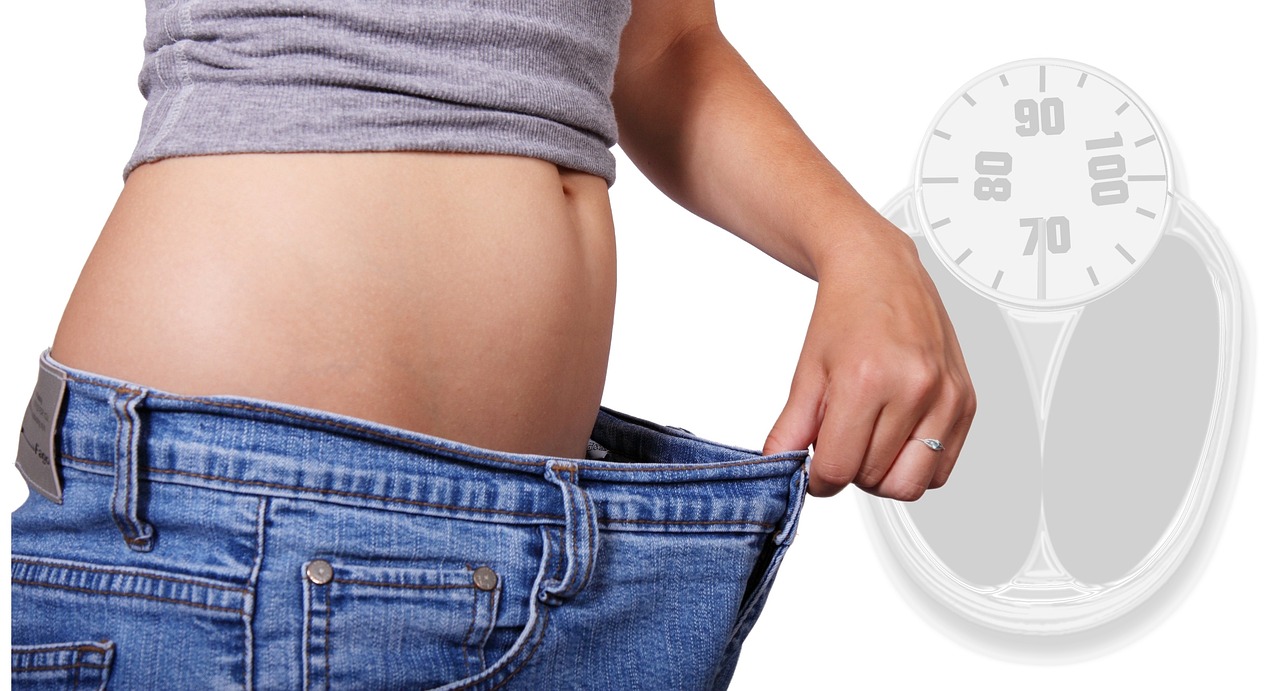Metabolic adaptation is a natural response your body has to prolonged fat loss efforts. Here’s why it happens and how you can continue losing fat.

Why Does Metabolic Adaptation Happen?
- Your Body’s Defense Mechanism. As you lose weight, your body recognizes a calorie deficit. Then it tries to conserve energy by slowing your metabolism. It wants to maintain balance and protect you from starving.
- Lower Body Mass = Lower Calorie Needs. With less body mass, your body needs fewer calories to function, making it harder to keep losing fat on the same calorie intake.
- Hormonal Changes. Prolonged dieting can reduce hormones like leptin (which regulates hunger) and thyroid hormones (which affect metabolism), which leads to slower fat loss.
How to Continue Losing Fat:
- Adjust Your Caloric Intake. As your metabolism slows, you may need to slightly reduce your caloric intake or re-assess portion sizes.
- Incorporate Refeed Days. Planned higher-calorie days can boost leptin levels and help reset metabolic function.
- Prioritize Strength Training. Build or maintain muscle mass to keep your metabolism more active, as muscle burns more calories at rest.
- Increase Non-Exercise Activity Thermogenesis (NEAT). Add more daily movement like walking, cleaning, or standing to increase calorie burn outside of structured workouts.
- Focus on Protein. Higher protein intake helps preserve muscle and keeps you feeling full longer.
- Be Patient with Progress. Fat loss may slow, but consistency is key. Understand that plateaus are normal and part of the journey.
In conclusion, metabolic adaptation doesn’t mean fat loss is impossible; it just requires some strategic adjustments! Keep evolving your plan to see continued success.
After all, metabolic adaptation is a natural part of the weight loss journey, but it doesn’t signal the end of your progress. By understanding the mechanisms at play and implementing strategic adjustments you can continue to shed fat effectively. For example, modify your caloric intake, incorporate refeed days, increase daily activity, and focus on protein.
Lastly, patience and consistency are crucial as you navigate any plateaus. Embrace the process, stay adaptable, and keep striving for your goals. Remember, every step you take brings you closer to lasting success!



